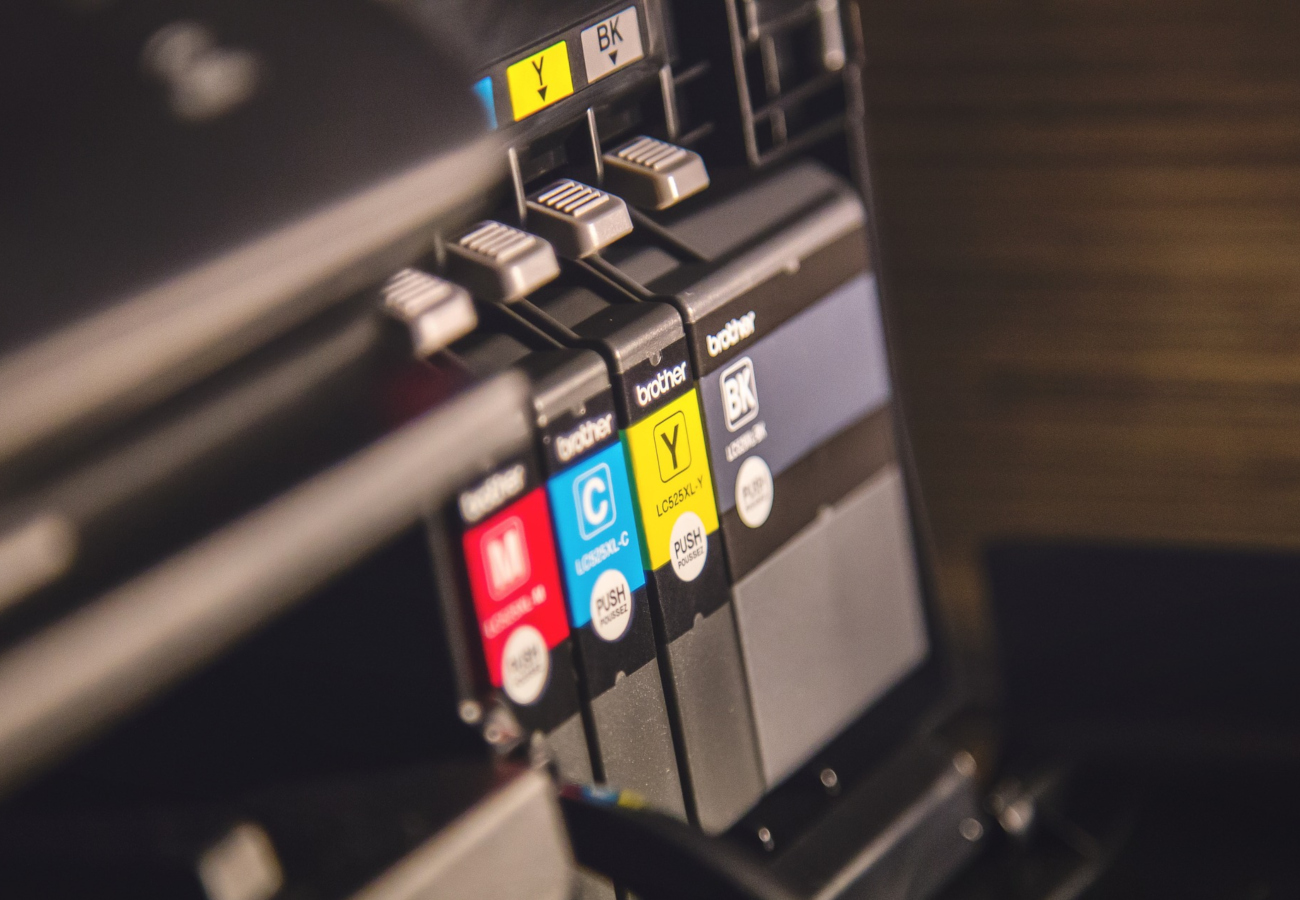The Copying Machine
Chester Carlson was the inventor of photocopying.
Copying machines works on the electrostatic process called Xerography. Photocopiers are used in businesses, studying, in homes etc. Its purpose is to reproduce documents, pictures and other items.
Have you ever wondered about how the photocopier machines, which are so convenient to use,works?
If not, let us have a glimpse at the working of the machine.
The copying machine works on the basic principles of attraction of positive and negative charges. Here we will see four steps of its working,
1]Charging
The machine has in it attached a cylindrical drum called photoreceptor which is light sensitive. In the first place, the photo receptor is charged negatively using a wire with high voltage. The photo receptor is coated with photo conductive material called Selenium. Selenium is a material which behaves as an insulator in dark and as a conductor when exposed to light.
Cadmium sulphide, zinc oxide and organic polymers are also used.
2] Exposure
A bright light is illuminated on the original document which is to be copied. The white surface of this document reflects the white light on the photo receptor. The area of the photo receptor which is exposed to white light from the white paper of the original document is charged positively and the left out dark portion of the photo receptor is charged negatively. This dark portion corresponds to the black portion of the original document which was reflected.
3] Developing
The powder which is used to create image is called toner. The toner ranges about five to ten micrometers in diameter. To create the image on the photo receptor, the toner is transported on it. Now this toner is positively charged so it sticks to the negatively charged portion of the photo receptor which is not exposed to light.
This way the pattern is created on the photo receptor.
4]Transferring
Now to create the copy of the image on the paper, the photo receptor with the toner which is sticked to it is brought in contact with the paper. The paper is highly negatively charged in order to subdue the adhesive forces of the powder.
5] Fusing
In transferring, the paper was patterned with the powder so there are chances of some particles of toner to come off the paper. So, in order to prevent this, the paper is passed through a pair of heated rollers by applying high pressure so that it melts the toner.
In this way, toner is permanently bonded to the paper and the copying is completed.
Advantages & Disadvantages
The copies are of good quality and are exact copies of the original document. Nowadays, the photocopiers have become light weight and easier to handle. Buying one copier, you can work in-house. You can go green, as you can also use recycled papers. Recycling of waste toner is also practiced by most manufacturers.
However using photocopier has certain disadvantages too.
There are things that has to be replaced regularly , like the ink, paper and thermal film are some examples.
Health hazards
Photocopiers produce small amounts of ozone gas too. This odorous gas is irritating to eyes and is harmful to the throat and lungs. The main ingredient in the toner is carbon black which of course is not a good thing.
Taking precautions while using a photocopier machine like choosing a low emission power photocopiers, keep your distance, replace your photocopier if it gets too old, maintain your machine well etc can help you keep your health quite well.






